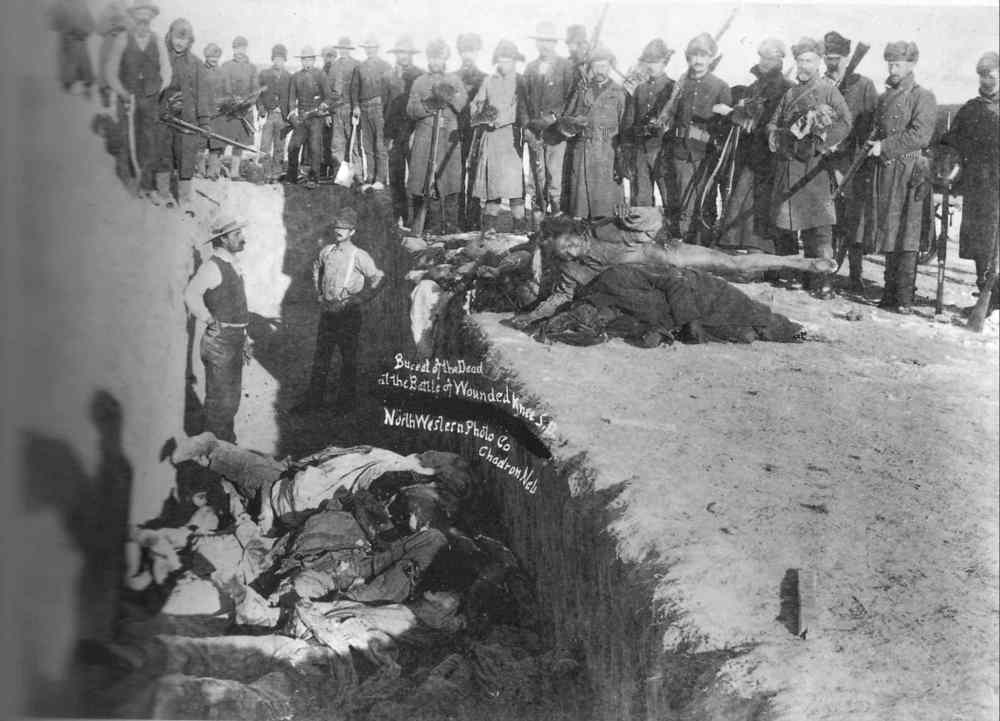No ‘honour’ in native names
Advertisement
Read this article for free:
or
Already have an account? Log in here »
To continue reading, please subscribe:
Monthly Digital Subscription
$1 per week for 24 weeks*
- Enjoy unlimited reading on winnipegfreepress.com
- Read the E-Edition, our digital replica newspaper
- Access News Break, our award-winning app
- Play interactive puzzles
*Billed as $4 plus GST every four weeks. Offer only available to new and qualified returning subscribers. Cancel any time.
Read unlimited articles for free today:
or
Already have an account? Log in here »
Hey there, time traveller!
This article was published 04/01/2014 (4077 days ago), so information in it may no longer be current.
At the end of the 2013 Ottawa amateur football season, the Nepean Redskins chose a brave path. In response to public pressure, club president Steve Dean announced plans to change their logo and name because they were “divisive to our community.”
Copied from the NFL’s Washington Redskins, Nepean helmets and jerseys feature “Redskins” in crimson red alongside a stoic and decorated head of a Sioux warrior.
Debates over native-themed sports names and logos are heating up. Opponents cry historical racism and disrespect. Proponents, like Washington Redskins owner Daniel Snyder, say they represent tradition and they “honour” indigenous cultures.

These arguments miss a central point. While important to know the context of each native-themed name or logo, how they shape the present is far more important.
In other words, how these names and symbols influence our relationships truly is what matters.
Native-themed mascots are everywhere but sports are where they are most popular. For every Redskins there are Chiefs, Braves, Indians, Warriors, or references to specific groups like Seminoles, Blackhawks, or Eskimos.”
They’re all echoes. Each feature a Sioux-like warrior head adorned in war paint, a weapon, and laid out in bloody red.
Fans all across North America love these. Just look at the tens of thousands performing war whoops, beating drums, and painting faces on any given Sunday.
Native-themed teams emerged in the early 20th century, just as the United States was rising as a global superstar. The reason Americans were able to do this was solely due to empire-building — nearly two centuries of land and resource theft from indigenous communities.
The event that most caught the American imagination were the famed Sioux Wars of 1851-1891, which made national heroes of such persons as Gen. George Custer and national enemies of such persons as Crazy Horse.
The culmination of this conflict was the Dec. 29, 1890, Wounded Knee Massacre. Surrounding a village of unarmed families, the U.S. cavalry opened fire, killing everyone. Sioux warriors returned to find a mass grave while soldiers received Medals of Honor.
After this, American pop culture fell in love with the image of the “disappearing Indian” — a tragic but very romantic vision of a dying civilization receding into the wilderness.
Photographer Edward Curtis made a best-selling career off recasting this image of native Americans, even paying them to dress up and pose.
By far, Curtis’s most lucrative images were head shots of solitary, armed, and stoic warriors wearing Sioux-like headdresses and clothing.
America loved to see fierce, armed Indians remade as false, disappearing fantasies. Decapitated. Controlled.
Meanwhile, sports teams needed a name and symbol to unite fan bases and make money. It was no coincidence that football, baseball and hockey are all sports that celebrate struggles over territory and reward invaders for occupation and theft.

The marriage of the Sioux-like warrior name and image to sports was complete, celebrating and re-telling American violence against indigenous communities every time one appears on sports highlights.
Mind you, sports teams didn’t choose the image of mass graves of Sioux — the true vision of American relationships with indigenous peoples — but the lie of a victory over Indians.
This is the image America builds its identity upon. Canada too. Look at the Nepean Redskins.
It’s tough to change abusive relationships.
In a May 2013 interview with USA Today, Snyder was asked about criticisms surrounding the Redskins name and logo.
“We’ll never change the name,” he responded. “It’s that simple. NEVER — you can use caps.”
And so the celebration of land theft, violence against indigenous communities and self-delusional nation-building continues every Sunday, dividing us all.
Until a brave choice is made to turn the channel.
Niigaan Sinclair is an assistant professor at the University of Manitoba, award-winning Anishinaabe editor and writer, and an avid sports fan.

Niigaan Sinclair
Columnist
Niigaan Sinclair is Anishinaabe and is a columnist at the Winnipeg Free Press.
Our newsroom depends on a growing audience of readers to power our journalism. If you are not a paid reader, please consider becoming a subscriber.
Our newsroom depends on its audience of readers to power our journalism. Thank you for your support.
History
Updated on Saturday, January 4, 2014 8:40 AM CST: Adds image.

